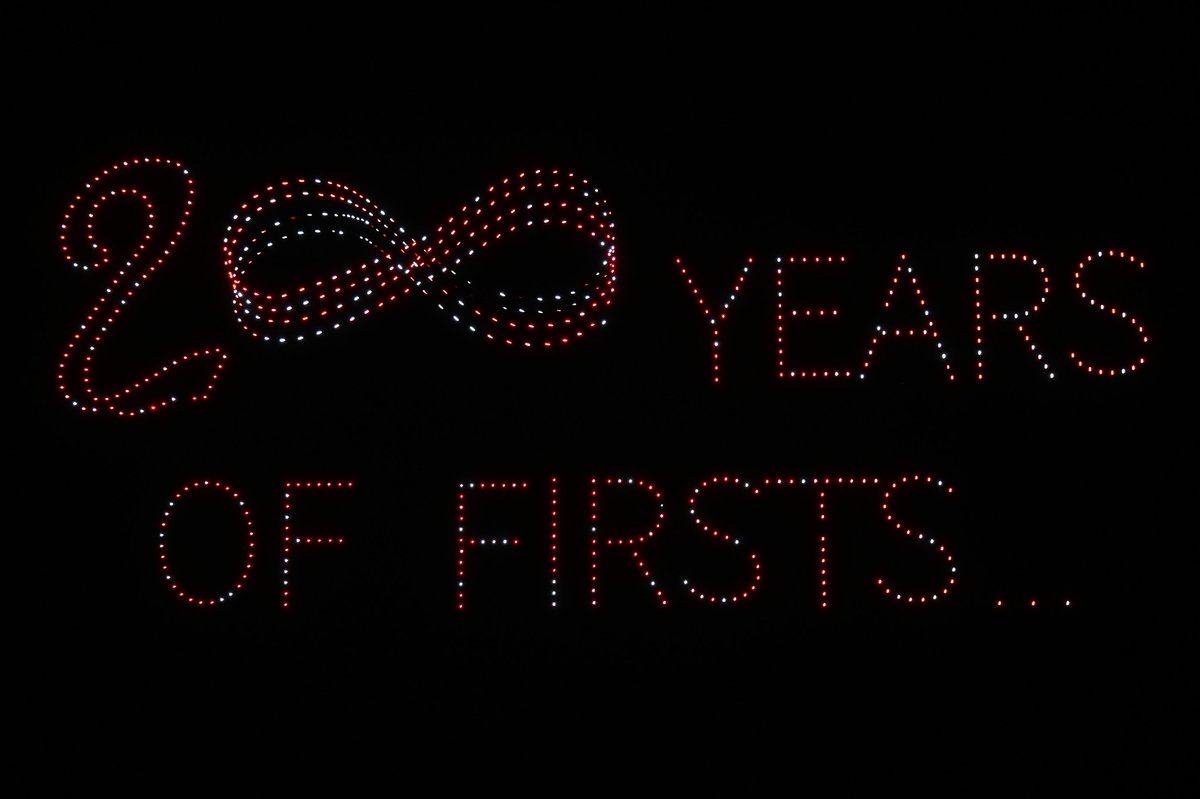Healing aura or deadly radiation?
A few months ago, I bought myself an interesting Christmas gift. Though most would find this gift pointless, I find it fascinating and, if the circumstances arise, life-saving—a gamma-ray spectrometer. This little device allows me to see what is radioactive. I often go to antique stores and thrift shops, places where you have no idea what you could find. Also, my extended family owns vintage glasses that could contain uranium. I usefully armed myself with a tool that would alert me to any dangerous radioactivity.
Moreover, as I researched the device before buying it, I realized it had a feature that created a radiation map everywhere I took it. The device gave me a reason to explore where I live and see what I could discover. Therefore, after receiving the device, I started to carry it wherever I went and slowly built a radiation map of the places I explored. You may be thinking, “No way there are any radioactive areas in my neighborhood, let alone a place like Troy,” but I discovered something quite intriguing.
First, let's define a unit of measurement. The annual recommended limit for radiation exposure for an individual is 1,000 microsieverts per year or around 0.12 microsieverts per hour continuously. Your body can handle much more than this “limit” for radiation exposure—that is just the guideline. For a sense of scale, a sievert is, according to the International Commission on Radiological Protection, an amount of radiation that would result in a 5.5% chance of developing fatal cancer or genetic damage if given one dose. Thankfully, in daily life, no one reaches anywhere near that amount unless they are in the wrong place at the wrong time. Let’s start small and work our way up for some context. Eating a banana results in 0.1 microsieverts—yes bananas are radioactive. Following that, we find dental x-rays at 5-10 microsieverts and an airplane flight from New York to Los Angeles at 40 microsieverts. There’s no need to be scared of these numbers; you aren’t flying from New York to Los Angeles every day while getting a dental x-ray each time you land, right? Time and repeated exposure are the biggest factors. Remember the 1,000 microsieverts per year limit guideline? According to the EPA, the average American receives 3,224 microsieverts per year from background radiation alone, which is over three times the guidelines. Thankfully, our bodies are resilient and the lowest one-year dose clearly linked to increased cancer risk is 100,000 microsieverts, although I personally wouldn’t try to get anywhere close to that.
Before we get to the main point, here are some fun radiation facts about Troy. First, the good news. According to my measurements, the background radiation is much lower than the national average at only 800 microsieverts per year. However, there are two spots that I’ve noticed get a bit closer to the national average and above the yearly guidelines. Namely, just outside the Troy Music Hall—which would give you 1,665 microsieverts if you stood outside for a year—and the top of The Approach—which clocks in at just over 2,000 microsieverts per year. Both are still below the US average, but it’s interesting to see the hotspots.
So, are stores that advertise “healing stones” and “spiritual items for peace, love, health, and prosperity” selling stones that give you the opposite? As mentioned earlier, I started to bring my gamma spectrometer with me everywhere. I even went back to my hometown in Miami, Florida, where I spoke with my friends about the device and the little radioactivity I’ve discovered in Troy. They suggested we go to a crystal and stone shop to see if anything notable came up. Fully expecting there to be nothing, we went, I put my gamma spectrometer up to many objects, and sure enough, nothing. Walking around most of the store, I probably looked really strange testing them. That was, until I got near the back of the store, and there was a bowl of crystals labeled apatite, to which I put my device near. Almost immediately, the device started to freak out, blaring its alarm and vibrating a ton. I’m honestly surprised no one noticed it. After muting the alarm and placing the device up against it again, it registered 2.52 microsieverts per hour or just over 22 times the recommended yearly limit. Immediately, we told the staff what they were selling and, clueless to the situation, they admitted they had no idea about the radioactivity of the crystals while also stating that many customers make it into rings that they wear all the time. Those who use this crystal, one that often contains uranium, to make rings are likely exposed to these increased levels of radiation continuously. Adding that 22,090 microsieverts from apatite to the average national background and average medical radiation exposure indicates that the customers receive 28,290 microsieverts every year. While there aren’t enough studies demonstrating a clear link between cancer and this amount of radiation, this does mean that just holding this crystal is equivalent to receiving an arm x-ray every 20 minutes.
At the end of the day, be careful of what you buy. Even though we are well aware of radiation’s harmful effects on the human body, it’s always a good idea to keep your eyes open. I would suggest buying a Geiger counter or a gamma spectrometer if you plan to explore abandoned buildings or frequently browse crystal shops. Who knows, it might very well save your life.

 Photo Short Story
Photo Short Story